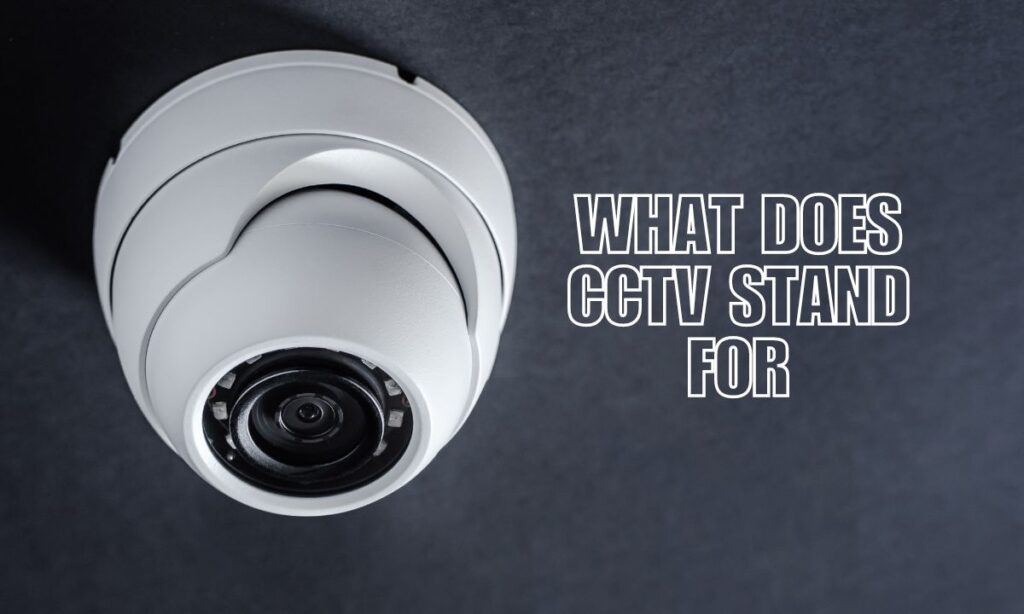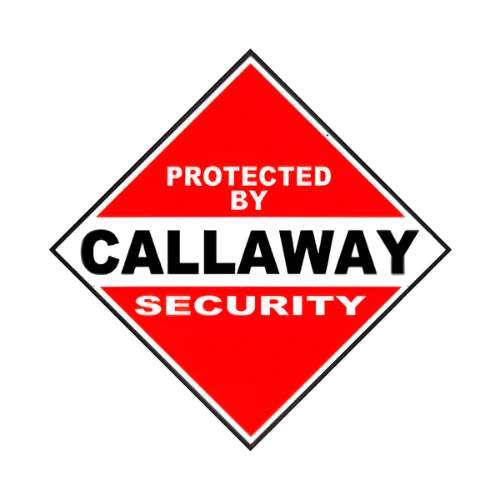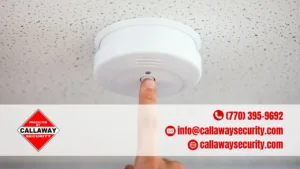CCTV stands for Closed-Circuit Television. This refers to a private video surveillance system that transmits footage to specific monitors instead of broadcasting it publicly. Used primarily for security and monitoring, CCTV systems are found in homes, businesses, and public areas to help deter crime, enhance safety, and provide real-time observation.
CCTV, or Closed-Circuit Television, is a crucial tool in modern security and surveillance. Unlike public television broadcasts, CCTV operates within a closed network, making it accessible only to authorized users. This system includes cameras, recording devices, and display monitors, all working together to capture and store footage for security purposes.
Key Takeaways:
- CCTV means Closed-Circuit Television, a private surveillance system.
- Unlike public broadcasting, CCTV footage is only accessible to designated users.
- CCTV enhances security, helping prevent theft, vandalism, and unauthorized activities.
- Commonly used in homes, businesses, and public spaces, CCTV plays a major role in monitoring and protection.
- Modern CCTV systems include features like remote access, motion detection, and night vision.

What Is CCTV and How Does It Work?
CCTV systems consist of video cameras, recording devices, and monitors. These cameras capture video footage and transmit it through wired or wireless connections to storage devices or live feeds. Unlike public broadcasting networks, CCTV is a “closed circuit,” meaning only authorized individuals can access the footage.
Main Components of a CCTV System
| Component | Function |
|---|---|
| Cameras | Capture video footage and transmit signals. |
| Monitors | Display live or recorded footage. |
| DVR/NVR | Store recorded video (Digital/Network Video Recorder). |
| Cables | Transmit data in wired CCTV systems. |
| Power Supply | Keeps the system running. |
| Internet/Wi-Fi | Enables remote access for modern CCTV setups. |
Why Is CCTV Important?
CCTV systems play a crucial role in modern security. Whether in a home, office, or public space, these surveillance systems help deter crime, monitor activities, and provide evidence when needed.
Benefits of CCTV Systems
- Crime Prevention: The mere presence of cameras deters burglars and vandals.
- Real-Time Monitoring: Watch live footage remotely using mobile apps.
- Evidence Collection: Provides crucial evidence in investigations.
- Workplace Security: Ensures employee and customer safety.
- Traffic Control: Helps authorities monitor and manage traffic flow.
Types of CCTV Cameras and Their Uses
CCTV cameras come in different types, each designed for specific security needs.
1. Dome Cameras
- Best for: Indoor surveillance (stores, offices, homes).
- Features: 360-degree coverage, discreet design.
2. Bullet Cameras
- Best for: Outdoor use (parking lots, building exteriors).
- Features: Long-range visibility, weather-resistant.
3. PTZ (Pan-Tilt-Zoom) Cameras
- Best for: Large areas needing adjustable angles (malls, stadiums).
- Features: Remote control movement, optical zoom.
4. Wireless Cameras
- Best for: Easy installations in homes and offices.
- Features: No wiring required, accessible via mobile apps.
5. Infrared (IR) Cameras
- Best for: Low-light or night-time surveillance.
- Features: Night vision, heat detection.
Where Is CCTV Used?
CCTV is widely used in various industries and locations.
1. Home Security
- Protects against burglary and intrusions.
- Monitors deliveries and visitors.
2. Business Premises
- Ensures employee safety.
- Prevents shoplifting and fraud.
3. Public Spaces
- Helps law enforcement monitor high-traffic areas.
- Reduces crime in parks, streets, and public facilities.
4. Traffic Surveillance
- Monitors congestion and accidents.
- Assists in enforcing traffic laws.
5. Banks & ATMs
- Provides security against theft and fraud.
- Monitors financial transactions.
Modern CCTV Features and Technology
CCTV technology has evolved significantly, offering smarter security solutions.
1. Remote Access & Cloud Storage
- View footage from anywhere using a smartphone or computer.
- Cloud storage eliminates the risk of footage loss.
2. AI-Powered CCTV
- Facial recognition for advanced security.
- Detects unusual movements and sounds.
3. Motion Detection & Alerts
- Sends real-time alerts when movement is detected.
- Saves storage by recording only when needed.
4. Night Vision & Low-Light Performance
- Uses infrared technology for clear footage at night.
- Essential for outdoor and 24/7 surveillance.
Common CCTV Questions (FAQs)
1. How Long Does CCTV Footage Stay Saved?
Most systems store footage for 7 to 30 days, but high-end setups can keep recordings for months.
2. Can CCTV Work Without Wi-Fi?
Yes, wired systems do not require Wi-Fi, but wireless CCTV relies on an internet connection for remote viewing.
3. Is It Legal to Install CCTV at Home?
Yes, but privacy laws vary. Avoid pointing cameras directly into a neighbor’s property.
4. How Much Does CCTV Cost?
A basic home setup costs $100–$500, while advanced business systems can range from $1,000–$10,000.
5. Do CCTV Cameras Record Audio?
Some models do, but recording audio may have legal restrictions depending on your location.
Final Thoughts: Why CCTV Matters
CCTV, or Closed-Circuit Television, is more than just a security tool—it’s a modern necessity for safety, crime prevention, and peace of mind. Whether for a home, business, or public space, investing in CCTV ensures better protection, real-time monitoring, and reliable evidence collection. As technology continues to improve, CCTV systems are becoming smarter, more efficient, and accessible to everyone.
If you’re considering installing a CCTV system, now is the perfect time. With advanced features like AI monitoring, cloud storage, and remote access, surveillance has never been more effective. Stay secure, stay informed, and take control of your safety with a well-designed CCTV system.
Embrace the power of CCTV with Callaway Security™. To safeguard your assets, protect your loved ones, and contribute to a safer society, contact us today.











